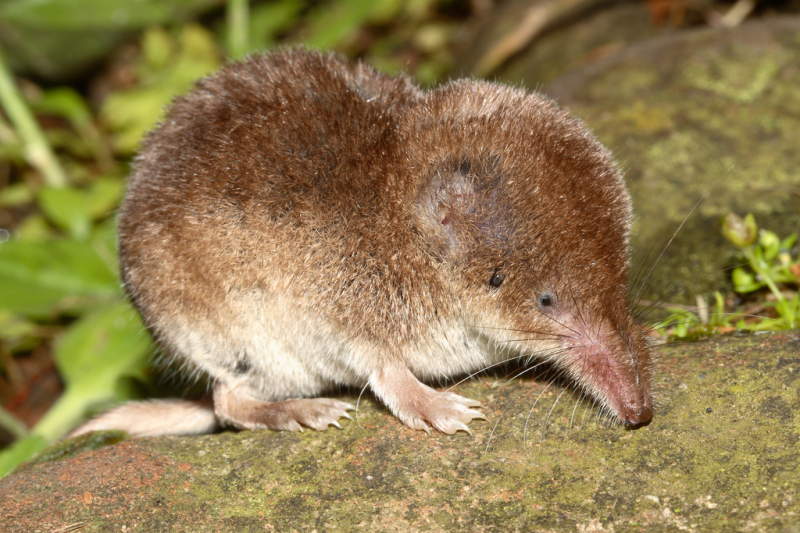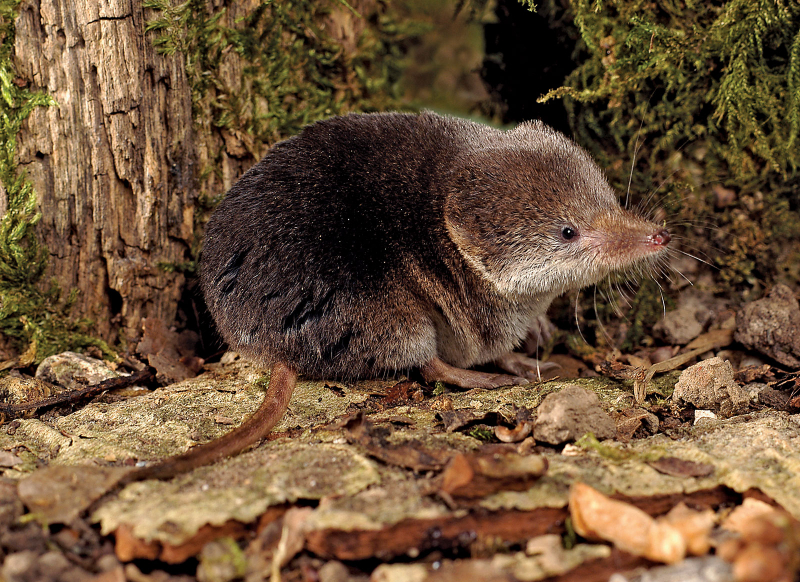Shrews Need to Eat Their Own Body Weight Every Day
The most prevalent mammal in Northern Europe, including Great Britain but excluding Ireland, is the common shrew (Sorex araneus), commonly referred to as the Eurasian shrew. It has velvety dark brown fur with a light underside and is 55 to 82 millimeters (2.2 to 3.2 in) long and weighs 5 to 12 grams (0.2 to 0.4 ounce). One of the few venomous mammals, it is rare. Up to their first moult, juvenile shrews have lighter fur. Small eyes, a pointed, moveable nose, and red-tipped teeth are features of the common shrew. Its life expectancy is roughly 14 months. Shrews are active both during the day and at night, with brief breaks in between relatively extended bouts of activity.
Shrew is a derogatory nickname frequently used to describe nags. Realistically, it ought to be a phrase for someone who consumes food voraciously. It's hard to envision a shrew having a metabolism. At 800 to 1,000 beats per minute, their hearts can beat. Even 1,500 times per minute for one species.
They can move at a rate of 12 times per second and die if they don't consume their own body weight in food each day. A short-tailed shrew must consume three times as much food as it does. It might be fatal if they spend even a few hours without eating.












